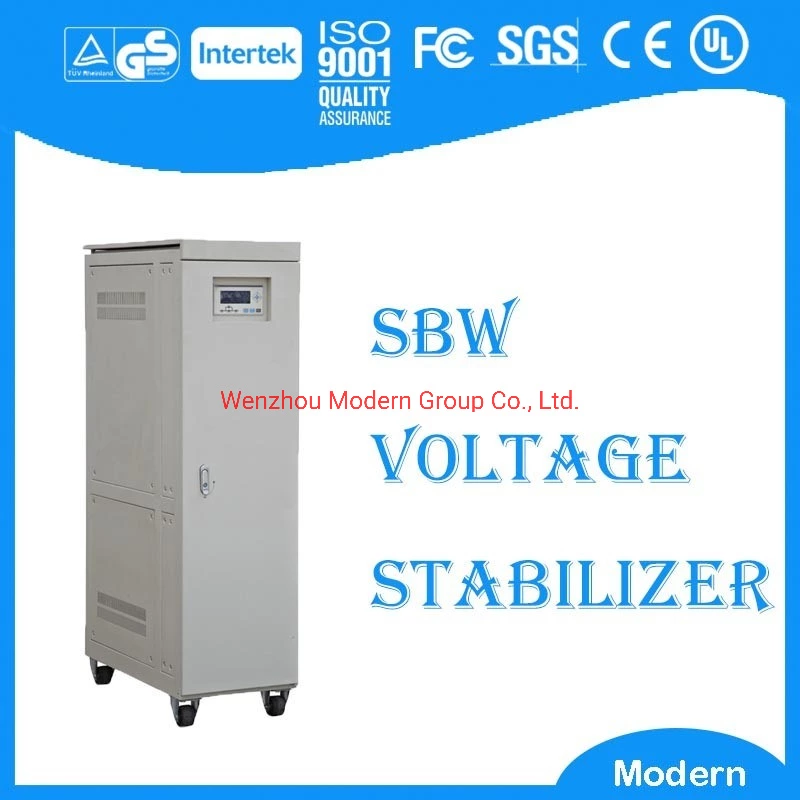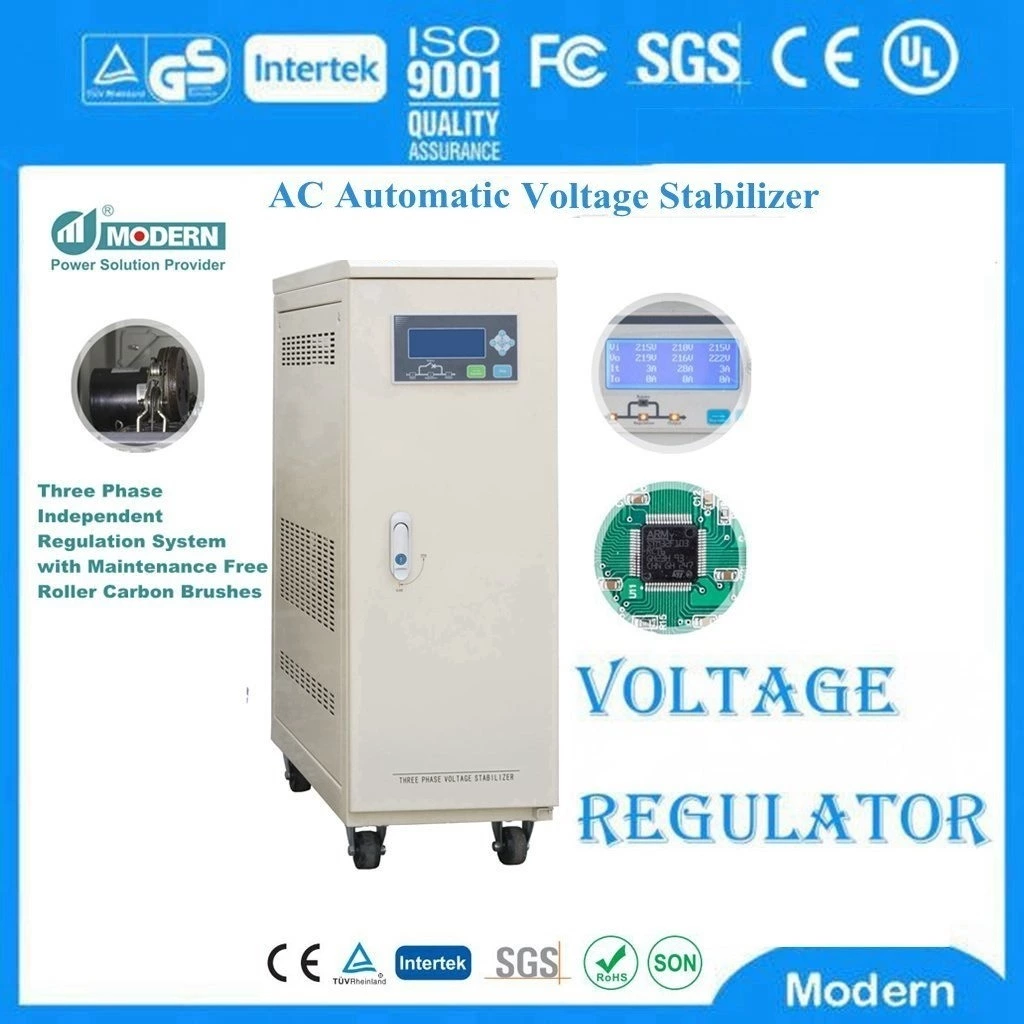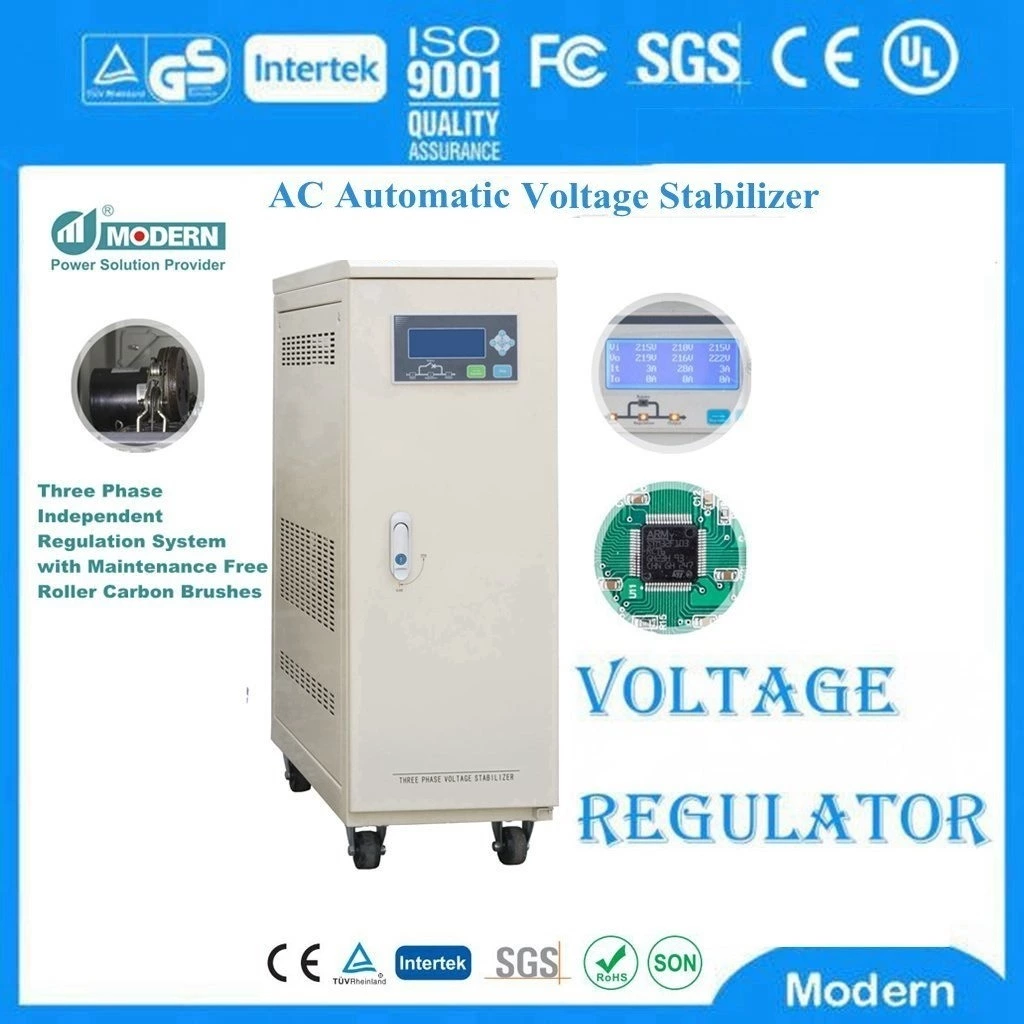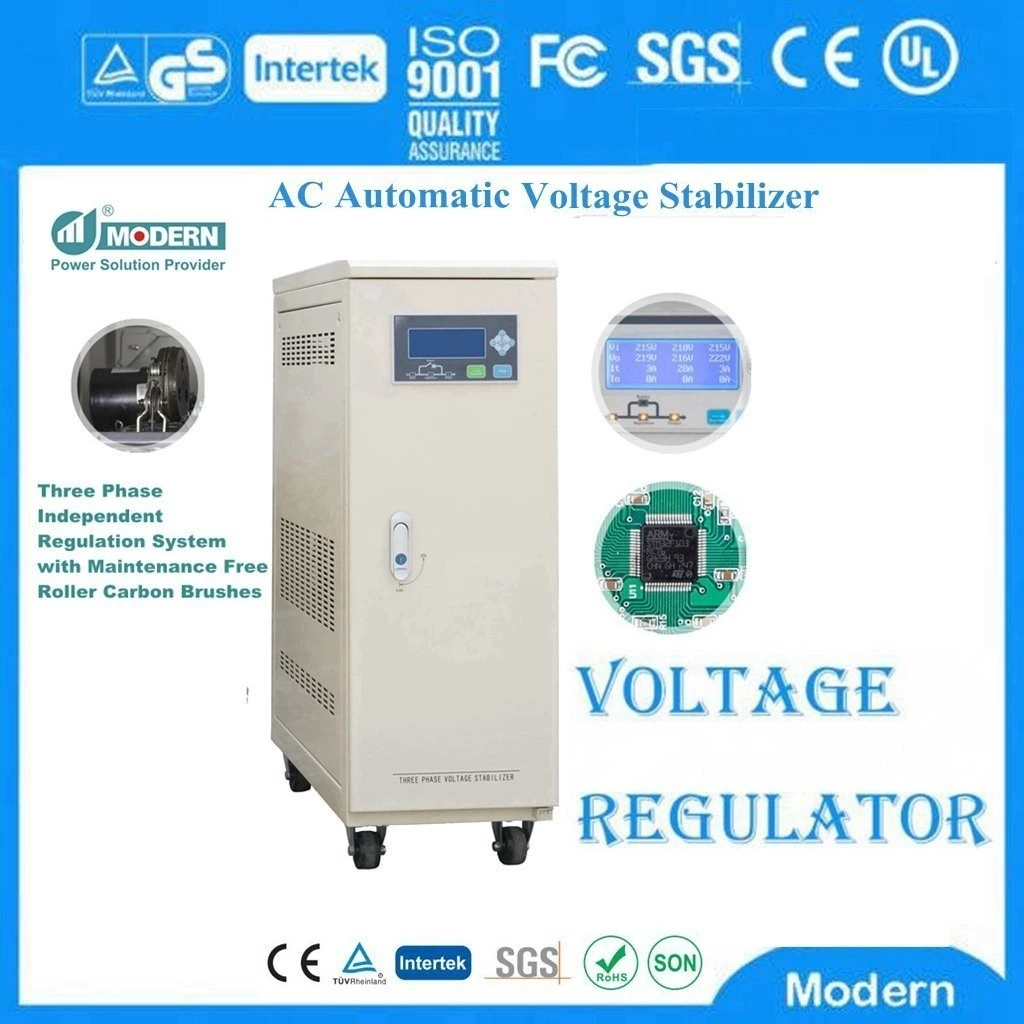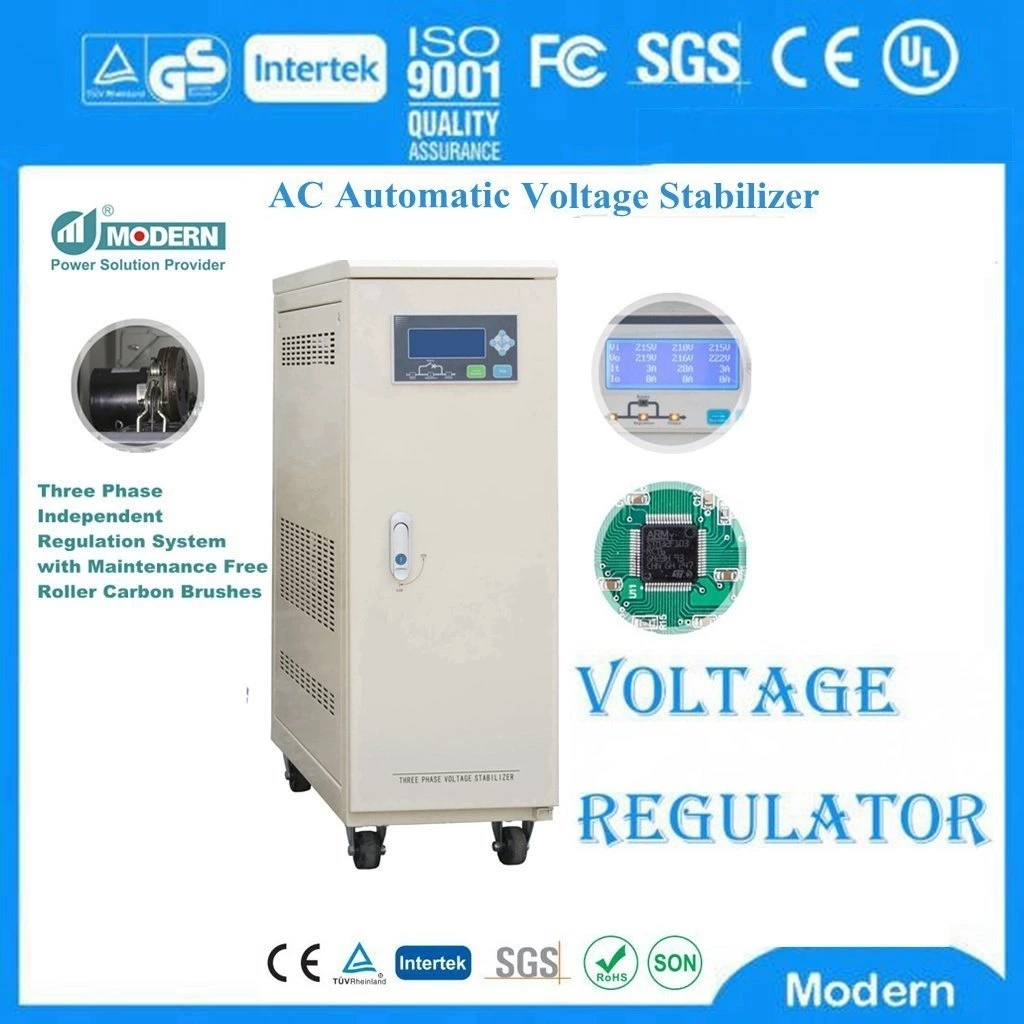Working Principle And Function Of Constant Voltage Transformer
Speaking of Constant Voltage Transformer(CVT), I believe everyone knows that its function is to change the voltage into another electronic instrument. But few people know about constant voltage transformers, or maybe they have never heard of them. So what is a constant voltage transformer?
Constant voltage transformer refers to a transformer with electrical isolation between the input winding and the output winding. Constant voltage transformer is used to avoid accidental contact with charged bodies at the same time. The isolation of the transformer is to isolate the current of the primary and secondary windings.
The main functions of the constant voltage transformer are: 1. Completely insulate the electrical insulation between the primary and secondary sides, and also isolate the circuit. 2. In addition, the high-frequency loss of its iron core is used to suppress the high-frequency noise from entering the control circuit. 3. At this time, the system's capacitive current to the ground is too small to cause harm to people. 4. A very important function is to protect personal safety! Isolate dangerous voltage.
Working principle of constant voltage transformer: The principle of constant voltage transformer is the same as that of ordinary transformer. Both use the principle of electromagnetic induction. Because the secondary is not connected to the ground. There is no potential difference between any secondary wire and the ground. It is safe to use. It is often used as a maintenance power supply.
Although the primary and secondary windings of a general transformer also have the function of isolating the circuit, at high frequencies, the capacitance between the two windings will still cause electrostatic interference between the circuits on both sides. To avoid this interference, the primary and secondary windings of a constant voltage transformer are generally placed on different cores to reduce the capacitance between the two; there are also cases where the primary and secondary windings are placed concentrically, but an electrostatic shield is added between the windings to obtain high anti-interference performance. Electrostatic shielding is to set an open copper sheet or non-magnetic conductive paper between the primary and secondary windings, which is called a shielding layer. The copper sheet or non-magnetic conductive paper is connected to the shell with a wire. Sometimes, in order to achieve a better shielding effect, a shielding shell is also covered over the entire power transformer. The lead-out terminals of the windings are also shielded to prevent other external electromagnetic interference. In this way, only magnetic coupling remains between the primary and secondary windings, and the equivalent distributed capacitance between them can be less than 0.01pF, thereby greatly reducing the capacitive current between the primary and secondary windings and effectively suppressing various interferences from the power supply and other circuits.

 Русский
Русский
 Français
Français
 Português
Português
 Español
Español
 اللغة العربية
اللغة العربية
